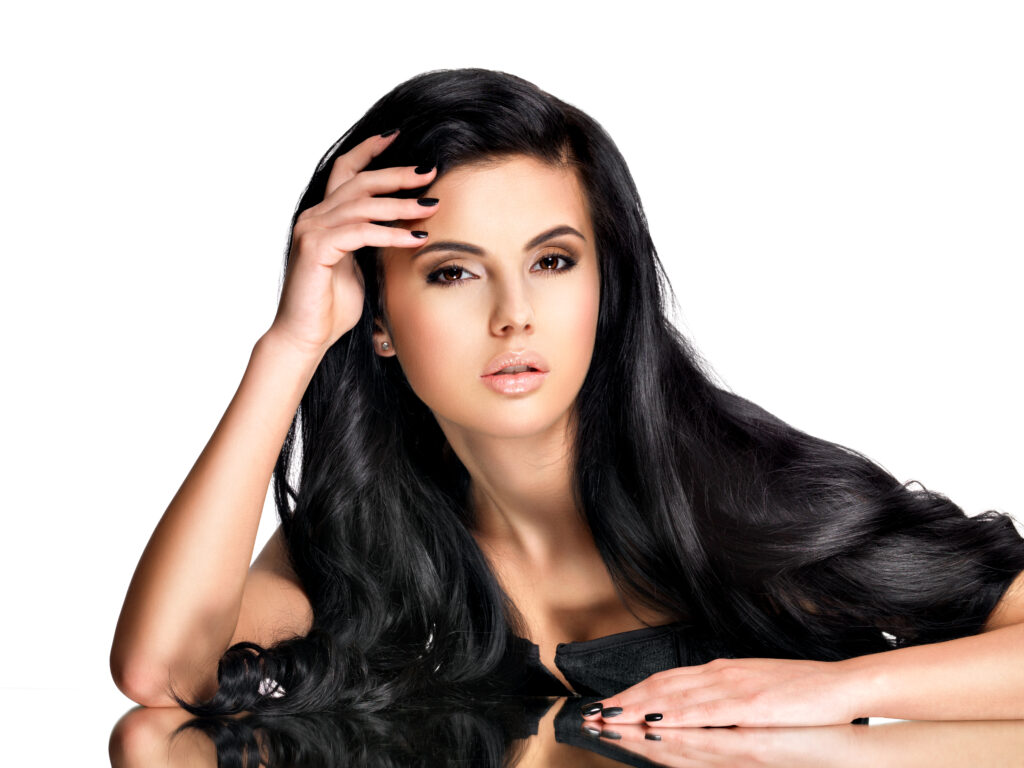
The quest for healthy, lustrous hair is something that unites people around the world. If you’ve ever struggled with damaged, brittle, or lackluster locks, you’ve likely explored various solutions to restore your hair’s vitality. Among these solutions, protein hair treatments have gained popularity for their remarkable ability to rejuvenate and transform hair from the inside out. In this blog post, we’ll dive into the science behind protein hair treatments and unravel how they work their magic to give you gorgeous, head-turning tresses.
Understanding the Basics
Before we delve into the science of protein hair treatments, let’s establish some foundational knowledge. Our hair is primarily composed of a protein called keratin. This protein is responsible for providing hair with its strength, structure, and elasticity. Over time, various factors like heat styling, chemical treatments, and environmental stressors can damage the protein structure of our hair, leading to a range of issues, from breakage to dullness.
This is where protein hair treatments come into play. These treatments are specifically designed to infuse your hair with proteins, primarily keratin, to repair and strengthen damaged strands. By doing so, they can address a wide array of hair concerns, from frizz to split ends, and help you achieve the vibrant, healthy hair you’ve always wanted.
The Science Behind Protein Hair Treatments
- Protein Replenishment: Protein hair treatments work by replenishing the protein that your hair has lost due to damage. The treatments contain proteins in various forms, such as hydrolyzed keratin or amino acids, which are similar to the proteins naturally found in your hair. When applied, these proteins penetrate the hair shaft, filling in gaps and restoring strength.
- Keratin Bonds: The proteins in these treatments form bonds with the existing keratin in your hair. This process reinforces the internal structure of your hair, making it less prone to breakage and more resistant to damage from styling tools and environmental factors.
- Cuticle Smoothing: The cuticle is the outermost layer of your hair, and damage to it can lead to frizz and rough texture. Protein treatments help smooth and seal the cuticle, resulting in smoother, shinier hair that’s easier to manage.
- Moisture Retention: Protein treatments can also improve your hair’s ability to retain moisture. This is crucial for preventing dryness and maintaining flexibility, which in turn reduces the risk of breakage.
- Overall Hair Health: With regular use, protein treatments contribute to the overall health of your hair. They promote a balanced, strong hair structure and can prevent further damage, ensuring that your hair looks and feels its best.
Choosing the Right Protein Treatment
When selecting a protein hair treatment, consider factors like your hair type, the severity of damage, and the ingredients in the product. Different treatments cater to various needs, so it’s essential to choose one that aligns with your specific hair concerns.
Conclusion
Protein hair treatments are rooted in scientific principles that target and repair the damage to your hair’s protein structure. By understanding how these treatments work, you can make informed choices about the products you use and embark on a journey to transform your hair from dull and damaged to vibrant and healthy. Say goodbye to hair woes and hello to the gorgeous, head-turning tresses you’ve always dreamed of—all thanks to the science of protein hair treatments.

